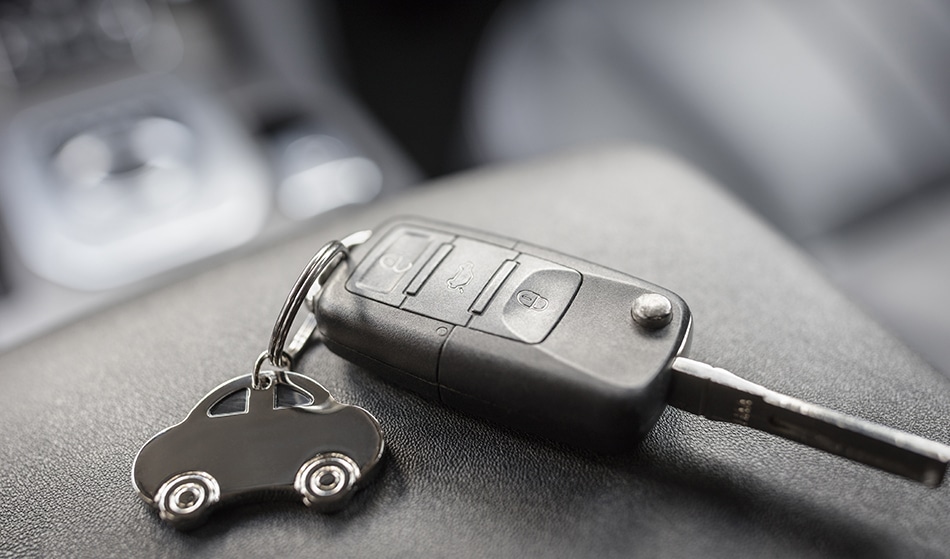Most consumers tend to enjoy the development of new technologies that either changes the way in which their current gadgets operate, or introduces a completely new way of doing previously simple tasks. The implementation of increasingly sensitive image sensors into automobiles has not only brought an exciting aspect to new vehicles, but also dramatically improves the safety of both the drivers, passengers and pedestrians by reducing the number and severity of commercial motor vehicle (CMV) crashes. As a leader in imaging technologies around the world, Sony Corporation has recently announced that they plan to commercialize their image sensors for automotive use.
An Overview of Image Sensors in Automobiles
The recent growth in the incorporation of image sensors into automobiles, particularly in Advanced Driver Assistance Systems (ADAS) have significantly improved driver safety. In addition to image sensors, ADAS also incorporates radio detection, radar, light detection and a number of cameras within the exterior of the vehicle to provide drivers with a complete scope of view of their vehicle and its surroundings. Some examples of ADAS include:
- Lane Departure Warning (LDW): LDW alerts the driver when their vehicle is drifting out of the lane. Some advancements in this technology can even steer the vehicle away from the edge to maintain the vehicle’s location in the center of the lane1. This technology is often dependent upon a camera that is mounted to the windshield of the car that continuously monitors the striped and solid markings of the road ahead.
- Adaptive Cruise Control (ACC): ACC maintains the desired speed of the vehicle while simultaneously adjusting the speed to ensure a certain distance gap between other vehicles2. To do so, ACC often utilizes either radar and/or computer-connected cameras within the vehicles to recognize surrounding vehicles and immediately respond by adjusting the speed of the vehicle.
- Automated Parking: The technology that allows vehicles to self-park is often attributed to the presence of sensors that surround the front and rear bumpers of the car to both transmit and receive signals on the surroundings. Self-parking systems in vehicles may also utilize cameras that are mounted onto the bumpers or radar to detect the presence of vehicles and/or objects during the parking process.
 Brian A Jackson/shutterstock
Brian A Jackson/shutterstock
Incorporating Sony’s Image Sensors into Vehicles
On October 23, 2017, Sony introduced one of their most advanced image sensors, the IMX324. The IMX324 is a 1/1.7-type stacked complementary metal oxide semiconductor (CMOS) image sensor that exhibits a magnificent resolution of 7.42 effective megapixels. Capable of a resolution that is three times greater than any other image sensor currently available on the market, the IMX324 captures high-definition images as far as 160 meters away from the camera3. With a sensitivity of 2666 mV, the IMX324 is ideal for ADAS, as it can allow vehicles to capture images of pedestrians and obstacles in both extremely dark and light times of the day. Additionally, the IMX324 is able to recognize and adapt to mixed levels of brightness that can occur as a result of various environmental conditions to maintain the highest resolution of captured images under numerous different external conditions.
Sony’s IMX324 is expected to be the first of many sensors that will allow this company to play a pivotal role in advancing imaging sensor technology in vehicles. As the sensitivity of Sony’s sensors continue to improve in their ability to maintain a high resolution in dark areas, the ultimate goal of this initiative is to create image sensors that can adapt to driving conditions where even the human eye would struggle to see. The future of Sony’s advancing image sensors for vehicles is expected to provide drivers with a wide-angle view with telescopic zoom of their vehicle’s surroundings at a rapid speed to allow for immediate reaction to any possible threats to the safety of the vehicles and its passengers.
References:
- “How does lane departure warning work?” – ExtremeTech
- “Adaptive Cruise Control” – MyCarDoesWhat.org
- “Sony Releases the Industry’s Highest Resolution*1 7.42 Effective Megapixel Stacked CMOS Image Sensor for Automotive Cameras” – Sony
Disclaimer: The views expressed here are those of the author expressed in their private capacity and do not necessarily represent the views of AZoM.com Limited T/A AZoNetwork the owner and operator of this website. This disclaimer forms part of the Terms and conditions of use of this website.